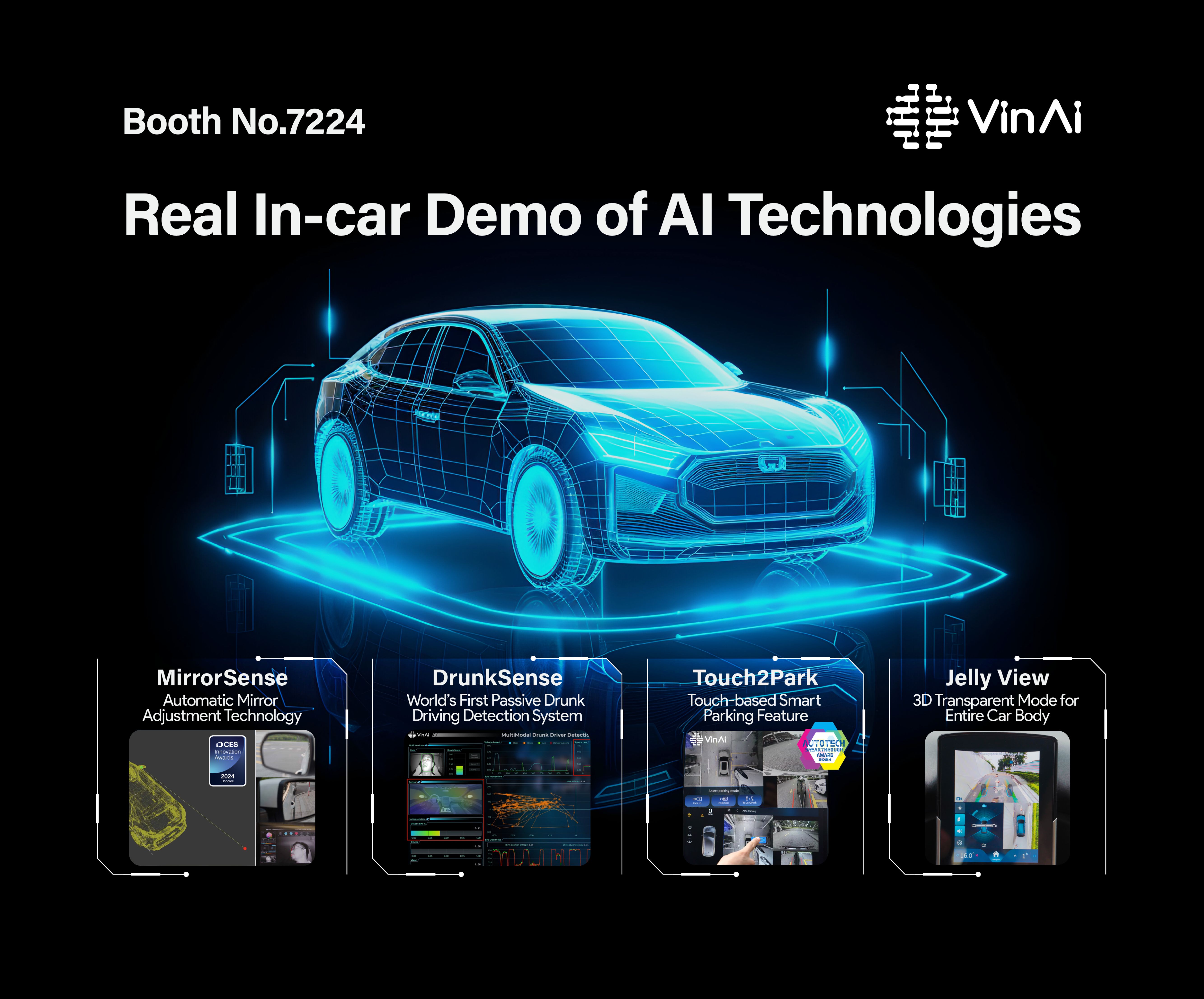Abstract:
“Recent advancements in computer vision, especially in generative models like Imagen 2, Stable Diffusion-XL, and DALLE-3, have revolutionized the field. These models craft highly realistic and diverse synthetic visual datasets, complete with annotations and rich variations. These datasets play a crucial role in training and assessing computer vision algorithms for tasks like object detection, segmentation, representation learning, and scene understanding. The SyntaGen workshop aims to foster inclusive idea exchange and collaboration among experts and enthusiasts across the field. By hosting talks, panel discussions, and a competitive challenge, the workshop seeks to push the boundaries of generative models and synthetic visual datasets, driving innovation in computer vision applications.”
Authors: Khoi Nguyen, Anh Tran, Binh-Son Hua, Supasorn Suwajanakorn, Yi Zhou (VinAI authors mentioned in bold)

The SyntaGen workshop gains added significance when placed in the context of the influential Conference on Computer Vision and Pattern Recognition (CVPR). Established in 1983 by Takeo Kanade and Dana Ballard, CVPR has evolved into one of the most crucial annual gatherings in the field of computer vision and pattern recognition. Recognized by Google Scholar Metrics (2022) as the highest impact computing venue, CVPR boasts a rich history, having transitioned from the name Pattern Recognition and Image Processing in its early years.
CVPR’s affiliations underline its significance, initially sponsored by the IEEE Computer Society from 1985 to 2010. In 2011, the conference welcomed co-sponsorship from the University of Colorado, Colorado Springs, and since 2012, it has been jointly sponsored by the IEEE Computer Society and the Computer Vision Foundation.
The conference’s scope encompasses a broad spectrum of topics within computer vision and pattern recognition, embracing any area that involves extracting structures or answers from images or videos, or applying mathematical methods to recognize patterns. Common themes explored at CVPR include object recognition, image segmentation, motion estimation, 3D reconstruction, and the ever-evolving domain of deep learning.
CVPR’s highly selective nature, with acceptance rates generally below 30% for all papers and below 5% for oral presentations, attests to the rigor of its evaluation process. The management of CVPR involves a rotating group of volunteers, chosen through a public election at the Pattern Analysis and Machine Intelligence-Technical Community (PAMI-TC) meeting four years before each conference. The use of a multi-tier double-blind peer review process further ensures the quality and integrity of the presented research.
VinAI’s SyntaGen workshop at CVPR 2024, nestled within this esteemed conference, amplifies the impact of its exploration into generative models and synthetic visual data. VinAI stands as a beacon of innovation and excellence in the realm of artificial intelligence, earning its reputation as a leading research institute committed to advancing the frontiers of knowledge in AI and machine learning. With a team of world-class researchers, scientists, and engineers, VinAI is dedicated to pushing the boundaries of what is achievable in AI, with a particular focus on computer vision, natural language processing, and reinforcement learning.
What sets VinAI apart is its unwavering commitment to fostering a collaborative and intellectually stimulating environment. Our influence extends beyond research publications; it is a driving force in shaping the narrative of AI’s future, envisioning and implementing applications that have real-world impact.
As VinAI continues to make significant strides in the field, its role as a trailblazing research institution is solidified, influencing the trajectory of AI development globally and contributing to the transformative potential of this revolutionary technology.











